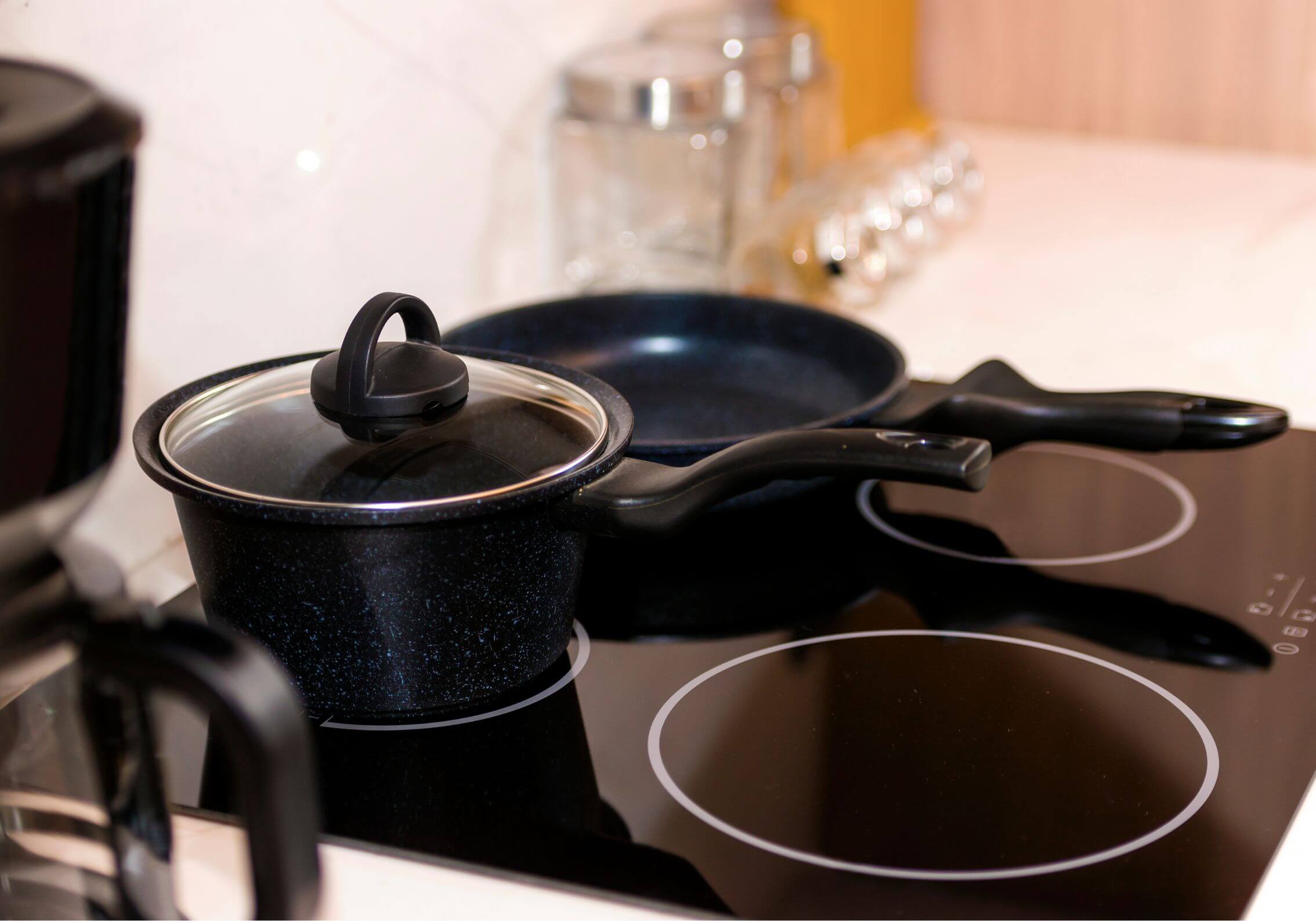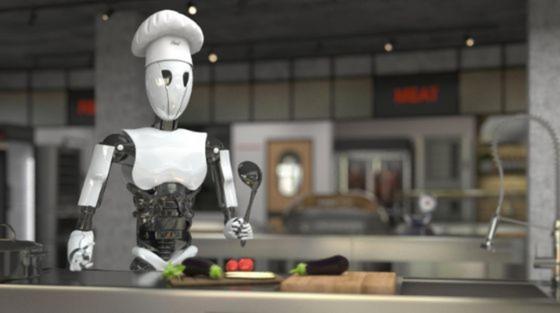
With cloud kitchens set to becoming a $2 billion industry and quick service restaurants or QSRs poised to add an additional $10 billion by the year 2025, many kitchens will begin to rely heavily on kitchen automation in order to standardize the taste and quality of their food. Alongside IoT and other technologies, one of the biggest components visible in the kitchen will be the development and deployment of various cooking robots.
The cooking robots used in kitchen automation will be significantly different from the ones visible in kitchens today such as – large scale ovens or refrigeration units that are largely produced by commercial kitchen equipment manufacturers in India. Many start-ups and MSMEs in India have been developing, testing and launching a wide variety of cooking robots specific to the Indian kitchen such as dosa makers, roti makers, rice makers, curry makers and more.
These cooking robots are capable of being fed hundreds of customizable recipes. Though the cooking robots built by the start-ups and MSMEs may vary in design and functionality, the main components remain the same. Let’s have a look at these components.

The main components / units present in every cooking robot are:
- Loading Unit
- Dispensing Unit
- Display Unit
- Control Unit
- Motors and Actuators
- Cooking Unit – Stirring Unit + Heating Unit + Small Cooking Pot
- Blade Unit
Loading Unit
The task of this unit is to hold the raw ingredients required for cooking the food. Generally, the loading unit is made up of condiment tray which consists of slots for placing different raw ingredients. The design of the condiment tray may vary depending on the manufacturer as well as the operating principle of cooking robots. Have a look at the example below.


In the first example, the condiment tray has slots. The cook can load raw ingredients in the slots. In the second example, the condiment tray has flaps. Ingredients can be loaded into slots formed in the condiment tray. It is designed in a way that the raw ingredients will fall into cooking vessel, once the flap is rotated. Also, the condiment tray is made up of food safe plastic and food safe metals in order to prevent leaching of elements in ingredients.
Dispensing Unit

The dispensing unit consists of various containers such as cooking oil dispenser bottles, water container, and spice container box. The cook will load oil , water, and spices in this unit. Generally, cooking oil dispenser bottles, water container, and spice container box are attached to the walls of the enclosure.
Display Unit

Once, the raw ingredients and spices are loaded, the cook needs to convey recipe to the machine in order to automate cooking of food. It is done using the display unit. The display unit consists of LCD screen, buttons / knobs. The recipe can be conveyed to the machine in two ways:
- The recipe is preloaded in the memory of the machine. Just need to select the recipe.
- The steps must be entered one by one using the buttons
Control Unit

The control unit consists of electronic components. The recipe entered by the cook is received by the control unit. The control unit sends electric signals to drive motors, actuators, and heating unit in order to perform cooking.
Motors and Actuators

Motors and actuators are present in loading unit, dispensing unit, stirring unit, and blade units. They perform tasks like –
- Unloading raw materials from condiment tray into the small cooking pot
- Dispensing cooking oil, water, and spices into small cooking pot
- Perform mixing and chopping actions which includes operating stirrer lead shaft and MS chrome coated blade shaft.
Also, motors are used to operate commercial kitchen exhaust fans present in cooking robots.
Heating Unit

The heating unit consists of heating coil and a heating surface. The shape of the heating surface is generally flat. But it may vary depending on the application. For ex: Evochef EC Flip uses a drum shaped heating surface in order to print dosa. The heating surface is made up of heat-resistant thermoset plastics that are food safe.
The main components present in cooking robots have various subcomponents. These vary according to the product design and the manufacturing approach of the manufacturers. A few standard subcomponents include rack and pinion, pump, cam and motor, heating coil, heat-resistant handles, dispenser, holder, slider mechanisms, mounting structure, worm gear, worm wheel, bearings, hinge, bowl, lid, valves, levers, stirrer lead screw, and many more.
Manufacturing Approach for Components
Many start-ups and MSMEs are based out of cities and states like Chennai, New Delhi, Hyderabad, Kerala, and Bangalore. They typically source components and sub-components from a network of suppliers present nearby these cities. In India, sourcing components and sub-components from multiple suppliers is a tedious, time-consuming process. These start-ups and MSMEs could sidestep this hassle completely by partnering with on-demand manufacturers.
One such on-demand manufacturer is Karkhana.io that has a wide network of suppliers who are equipped to not only help kitchen automation companies with basic requirements such as custom sheet metal fabrication and custom CNC machining services for their products but also extremely sensitive elements such as food safe material grades and food safe manufacturing in general.
Karkhana.io’s digital platform has a user-friendly interface and provides a highly intuitive experience for ordering custom parts for manufacturing. The platform offers unique features such as instant creation of RFQ, DFM feedback, order management and parts management. Kitchen automation companies can experience the power of barrier-free manufacturing by registering on our digital platform.










